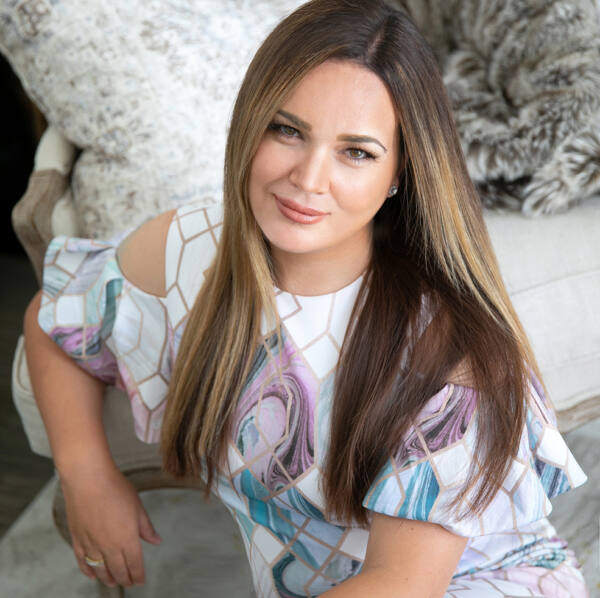.jpg) The ink or black dot that is applied to the groom’s eye during the baraat is known as “Kajal” or “Kohl.” It is a traditional practice in Indian weddings, especially in North Indian and Punjabi cultures. Here’s an explanation of its significance:
The ink or black dot that is applied to the groom’s eye during the baraat is known as “Kajal” or “Kohl.” It is a traditional practice in Indian weddings, especially in North Indian and Punjabi cultures. Here’s an explanation of its significance:
Warding off the Evil Eye: The application of Kajal is believed to protect the groom from the “evil eye” or negative energy. It is thought to ward off any potential harm or ill wishes that may be directed towards the groom during the wedding festivities.
Symbol of Good Luck: Kajal is also considered a symbol of good luck and is believed to bring blessings and prosperity to the groom. It is applied as a way to ensure a successful and auspicious start to the wedding celebrations.
Cultural Tradition: Applying Kajal is deeply rooted in Indian cultural practices. It is believed to have cosmetic and medicinal benefits, such as soothing the eyes and promoting eye health.
The Kajal is usually applied by a family member or close friend just before the groom leaves for the wedding venue as part of the baraat procession. It is typically a small dot or line of black or dark-colored paste that is gently applied near the outer corner of the groom’s eye.
It’s important to note that customs and traditions can vary across different regions and communities in India. While the application of Kajal is a common practice in many weddings, it may not be followed in every wedding ceremony or cultural context.
The application of Kajal during the baraat is a symbolic and cultural tradition intended to bring good fortune and protect the groom from negative energies as he embarks on his journey to the wedding venue.




